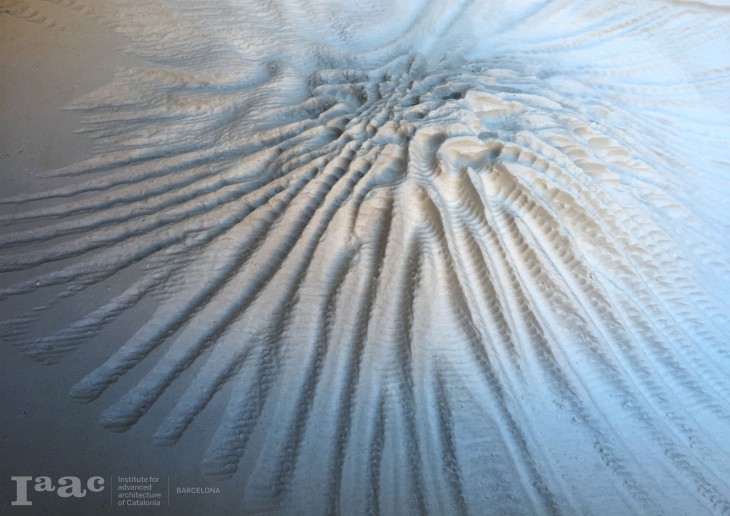
Same as human beings, buildings have their own microbiome. Unique set of microorganism inhabiting a host. Microorganism, such as bacteria in and on our body are constantly active, running many beneficial processes for us. Although the term often carries negative connotation, harmful bacteria are very few.

We are outnumbered by microorganism everywhere, and we put a lot of effort to fight them. Bacteriostats, sanitizers, disinfectants, sterilizers, antimicrobial and anti-parasitic agents are only a beginning of a long list of means to fight bacteria. Sealed, impenetrable and unreceptive architecture makes no attempt to host nature and use it to its benefit. If only we would put the same amount of effort to use good bacteria, we would be able to grow things we need. And by doing so, we would be using renewable and non-harmful resources. Considering microbial ecology during design process enables us to do three things. Gives us a control of microbiome of the building which can support or harm human immune system. Bacteria sensitivity to the environment can be used as responsive mechanism. Furthermore, they can be sustainable replacement for toxic, non-biological and non-recyclable versions of many products that are polluting to produce.
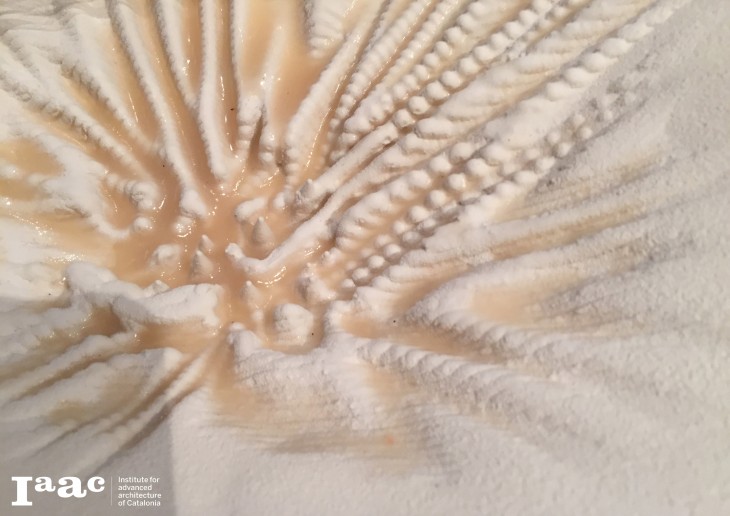
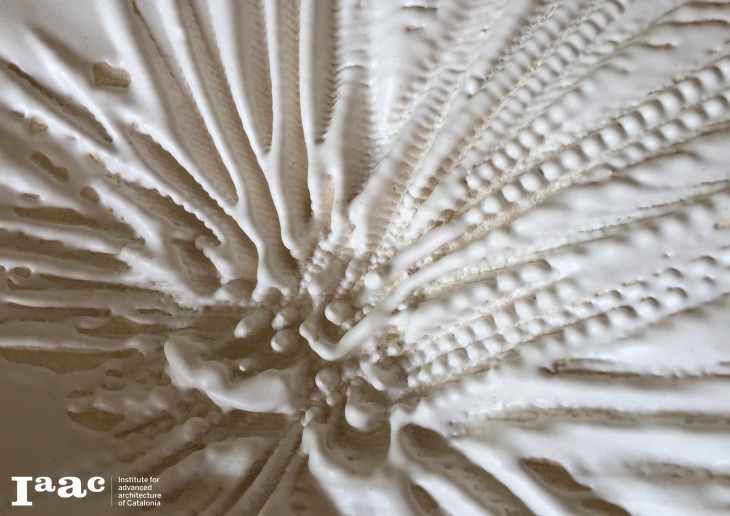
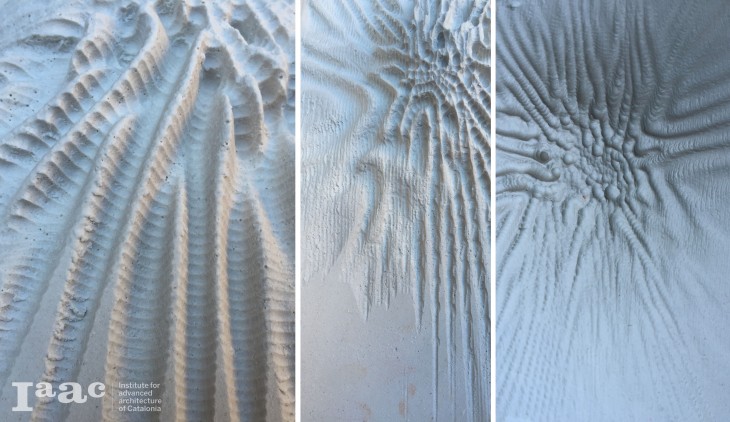
Research intention is to use bacteria and their behavior as responsive elements in architecture. Focus is on designing a material system able to host, control and manipulate bacteria behavior, resulting in chromatic change triggered by different environmental factors (temperature and pollution).
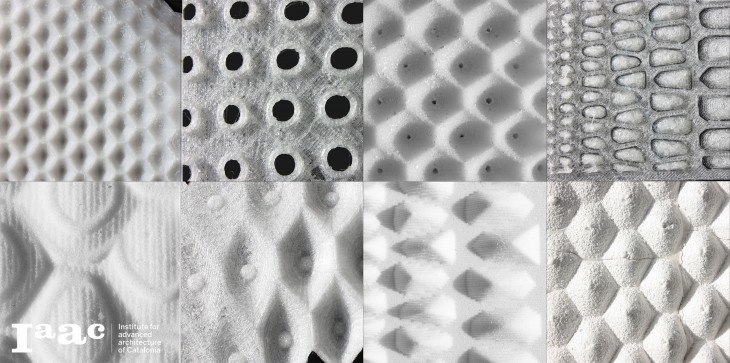
Clay is chosen as naturally occurring material, that can provide control over where bacteria can grow. Casting as a fabrication method provides high surface manipulation and texture quality. Another aspect is to establish where a traditional material and fabrication method meet contemporary high detail resolution design, heavy data and material bio-integration.
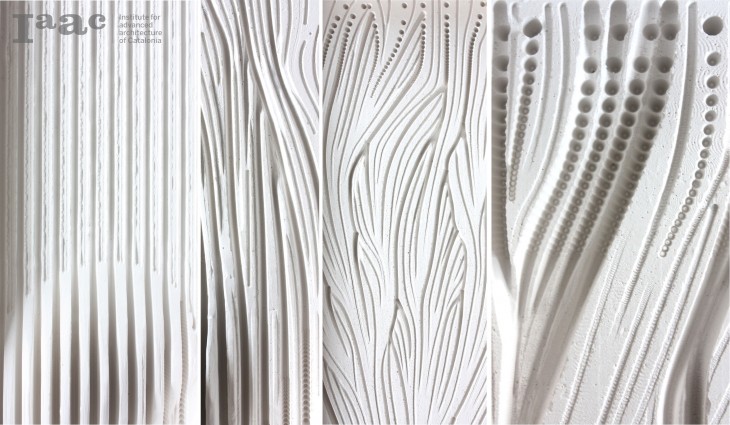
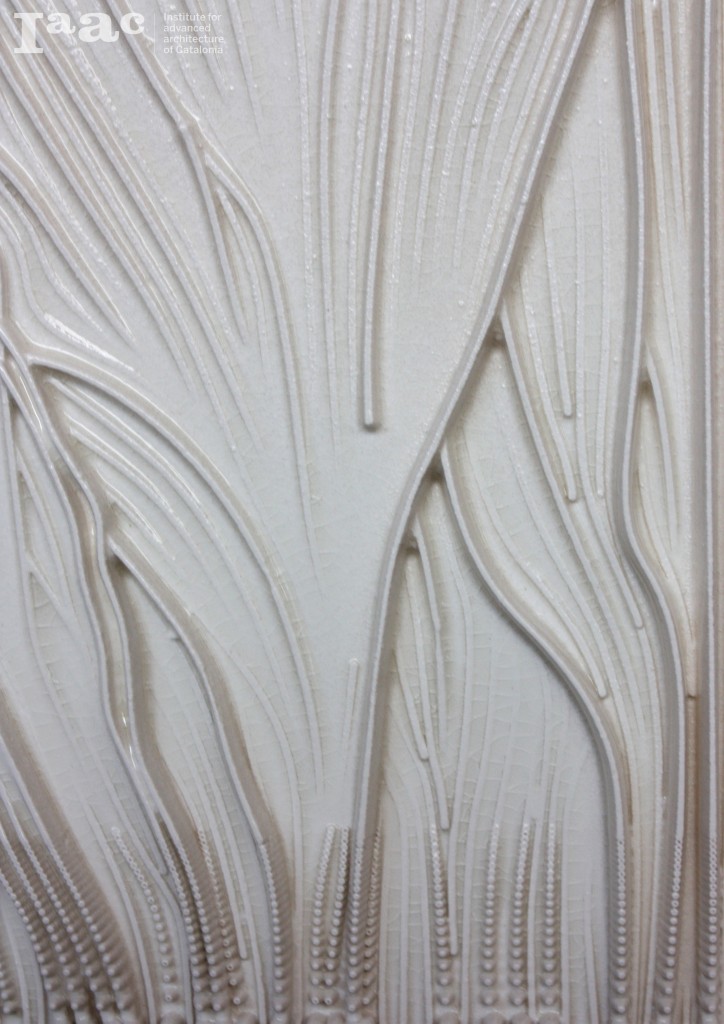

Responsive Manifolds is a project of IaaC, Institute for Advanced Architecture of Catalonia developed at Master in Advanced Architecture in 2015/16 by:
Student: Nina Jotanovic
Faculty: Marcos Cruz
Support: Núria Conde Pueyo
Collaboration: Ceramica Cumella